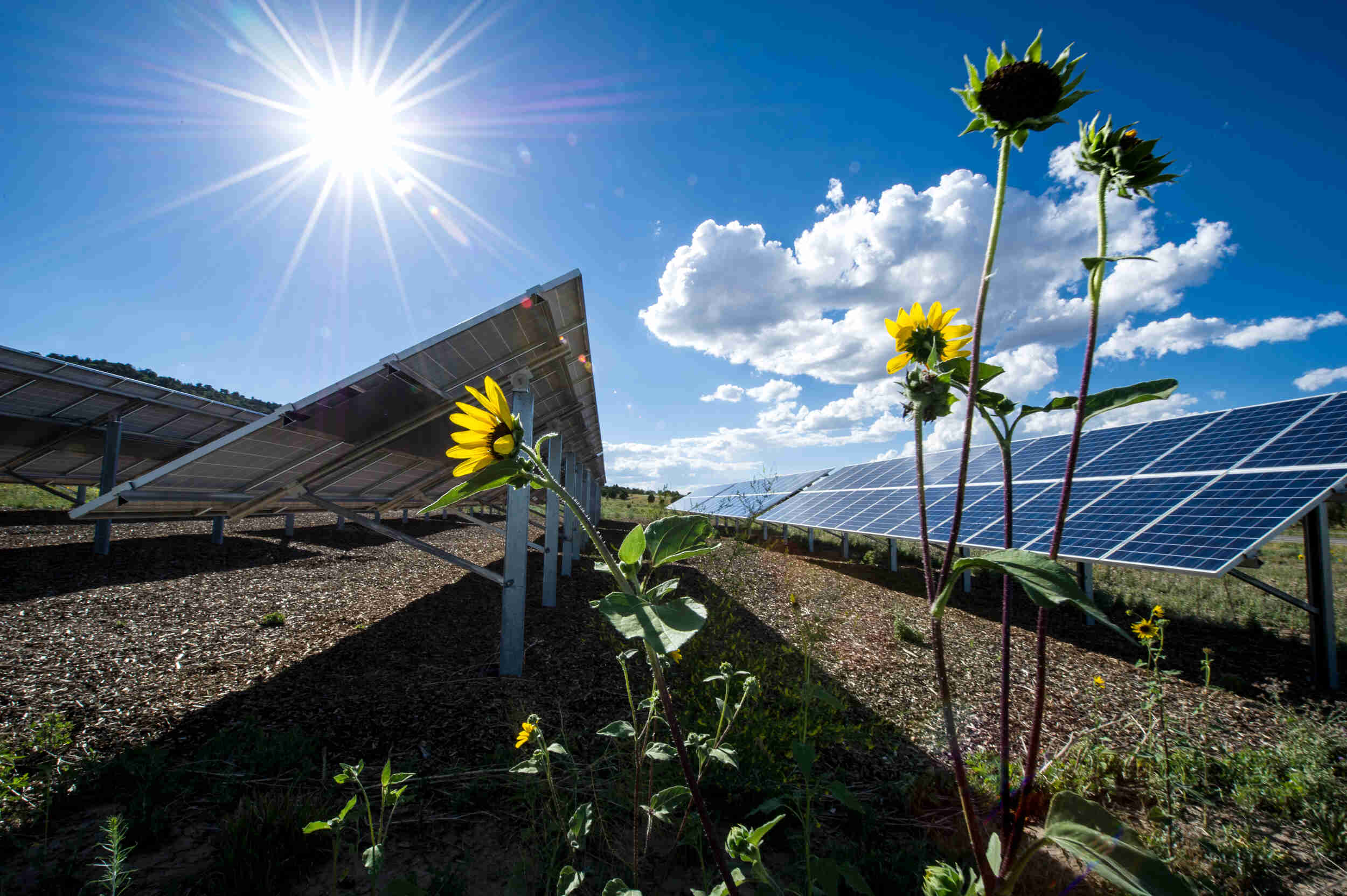
Renewable energy sources have become a hot topic of discussion in recent years, as the world continues to seek sustainable and environmentally-friendly alternatives to traditional energy sources. These sources, such as solar, wind, hydro, and geothermal power, are abundant, widely available, and have the potential to revolutionize the way we generate electricity and power our lives.
In this article, we will delve into the enigmatic world of renewable energy sources and explore some fascinating facts about them. From mind-blowing statistics to groundbreaking advancements, these facts will shine a light on the incredible potential and possibilities that renewable energy holds for our planet’s future.
Key Takeaways:
- Solar power is the most abundant renewable energy source, harnessing the sun’s energy to meet global electricity demands for an entire year. It’s like having a super powerful battery charger in the sky!
- Renewable energy sources create jobs, reduce greenhouse gas emissions, and have untapped potential. They’re like a superhero team fighting climate change and paving the way for a cleaner, greener planet.
Did you know that solar power is the most abundant renewable energy source on Earth?
Solar energy is derived from sunlight, which is available in abundance and can be harnessed using solar panels to generate electricity. The sun radiates enough energy in an hour to meet the global energy demand for an entire year!
Wind power is a rapidly growing source of clean energy.
One of the fastest-growing renewable energy sources is wind power.
Wind turbines harness the power of the wind to generate electricity. With advancements in technology and falling costs, wind power has become a viable solution for meeting the world’s energy needs. In fact, wind energy capacity has doubled in the last decade.
Hydropower is the largest source of renewable energy worldwide.
Hydropower reigns supreme as the largest renewable energy source globally.
By harnessing the energy from moving water, hydropower accounts for more than 90% of renewable energy production worldwide. Large-scale hydropower plants can generate vast amounts of electricity and can be found in many countries.
Geothermal energy taps into the Earth’s natural heat.
Did you know that geothermal energy harnesses the Earth’s natural heat?
Geothermal power plants extract heat from beneath the Earth’s surface to generate electricity. This renewable energy source is reliable and consistent, providing a stable and sustainable option for meeting energy demands.
Biomass energy utilizes organic materials to produce power.
Biomass energy utilizes organic materials to produce sustainable power.
By converting organic matter such as wood, agricultural crops, or even algae into energy, biomass power plants generate electricity and heat. This renewable energy source helps to reduce waste and decrease reliance on fossil fuels.
Tidal power harnesses the energy of the ocean tides.
Tidal power captures the immense energy within ocean tides.
By relying on the gravitational pull of the moon and the Sun, tidal power plants generate electricity. This renewable energy source is predictable and consistent, making it a promising option for coastal regions.
Solar panels are becoming increasingly affordable.
The cost of solar panels has significantly decreased in recent years.
Advancements in technology and economies of scale have made solar panels more accessible and affordable than ever before. This has led to a surge in residential and commercial installations, further driving the adoption of solar power.
Renewable energy can reduce greenhouse gas emissions.
Renewable energy sources play a crucial role in reducing greenhouse gas emissions.
Unlike fossil fuels, renewable energy sources produce little to no greenhouse gas emissions during operation. By transitioning to renewables, we can mitigate climate change and work towards a cleaner and more sustainable future.
Investments in renewable energy are growing rapidly.
Investments in renewable energy sources are rapidly increasing worldwide.
Governments, corporations, and individuals are recognizing the importance of renewable energy and investing heavily in its development. This surge in investments is driving innovation and accelerating the transition towards a renewable energy-based economy.
Renewable energy sources are a significant source of job creation.
The renewable energy sector provides substantial job opportunities globally.
As the renewable energy industry continues to grow, it generates employment opportunities in various fields such as manufacturing, installation, maintenance, and research. This sector has the potential to create millions of jobs worldwide.
The potential of renewable energy is vast and untapped.
The potential of renewable energy sources is virtually limitless.
With advancements in technology and increasing investments, the potential for renewable energy sources is vast and untapped. As we continue to explore and harness these abundant resources, we have the opportunity to reshape our energy landscape and create a sustainable future.
Conclusion
Renewable energy sources have become an integral part of our pursuit for a cleaner and sustainable future. Learning about these enigmatic facts not only expands our knowledge but also emphasizes the importance of embracing renewable energy in our daily lives. From the incredible potential of solar energy to the fascinating concept of tidal power, the possibilities are endless.
By harnessing the power of wind, water, and the sun, we can reduce our carbon footprint, combat climate change, and create a more sustainable world for future generations. It is crucial that we continue to research, invest, and innovate in the field of renewable energy to unlock its full potential and create a greener and more sustainable future.
FAQs
1. What is renewable energy?
Renewable energy refers to energy sources that are naturally replenished, such as sunlight, wind, water, and geothermal heat. These sources do not deplete natural resources and have minimal environmental impact.
2. How do renewable energy sources work?
Renewable energy sources work by converting natural resources into energy through various technologies. For example, solar energy is harnessed using photovoltaic cells, wind energy is captured using wind turbines, and hydroelectric power is generated by harnessing the force of flowing water.
3. Why is renewable energy important?
Renewable energy is important because it offers a cleaner and more sustainable alternative to traditional fossil fuels. It helps reduce greenhouse gas emissions, combat climate change, and decrease our dependence on finite resources.
4. Are renewable energy sources cost-effective?
While the initial investment in renewable energy technologies can be high, they offer long-term cost savings. As technologies improve and economies of scale are realized, the cost of renewable energy is becoming increasingly competitive with fossil fuels.
5. Can renewable energy sources meet our energy demands?
Yes, renewable energy sources have the potential to meet our energy demands. With advancements in technology and increased investment, renewable energy can provide a significant portion of our energy needs while reducing environmental impact.
Was this page helpful?
Our commitment to delivering trustworthy and engaging content is at the heart of what we do. Each fact on our site is contributed by real users like you, bringing a wealth of diverse insights and information. To ensure the highest standards of accuracy and reliability, our dedicated editors meticulously review each submission. This process guarantees that the facts we share are not only fascinating but also credible. Trust in our commitment to quality and authenticity as you explore and learn with us.


